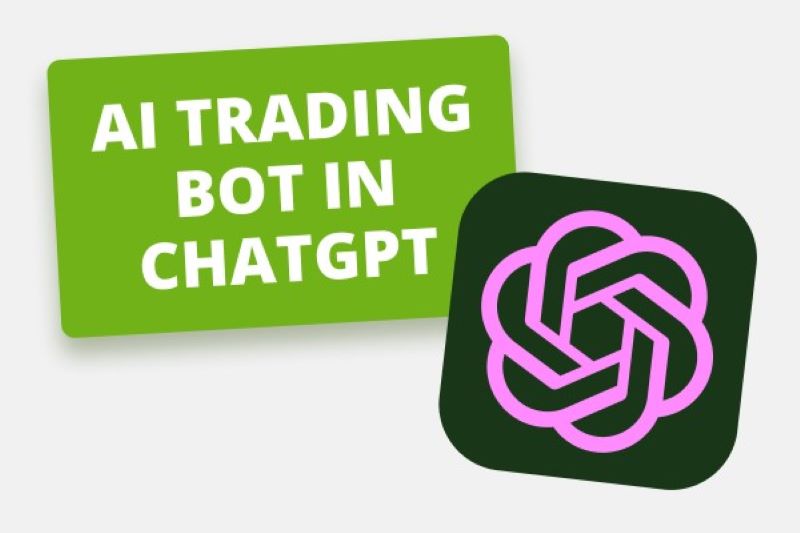High-Frequency Trading (HFT) Bots are transforming the cryptocurrency market with their lightning-fast execution and sophisticated algorithms. In this comprehensive guide, we delve into how HFT Trading Bots operate, their benefits and risks, and the future of this cutting-edge technology.
What is High-Frequency Trading (HFT) in Crypto?
High-frequency trading (HFT) has become an increasingly prevalent practice in the cryptocurrency market, adding another layer of complexity to the already volatile landscape. These automated trading systems, powered by sophisticated algorithms, execute trades at lightning speed, attempting to capitalize on minute price fluctuations.
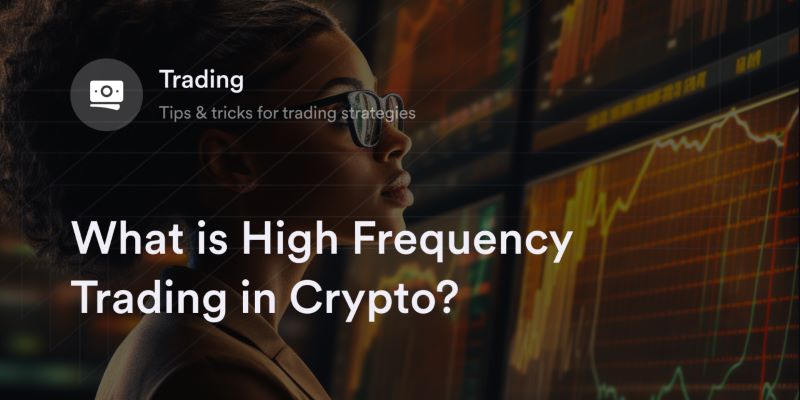
HFT has its roots in traditional financial markets, where it has been employed for decades. In the realm of stocks and futures, HFT bots analyze market data, identify patterns, and execute trades at high speeds, often within milliseconds. This rapid execution allows HFT firms to profit from small price discrepancies, creating a highly competitive and dynamic environment.
How HFT differs in the cryptocurrency market
The cryptocurrency market presents unique challenges and opportunities for HFT. Unlike traditional markets, which are generally regulated and centrally controlled, cryptocurrencies operate on decentralized networks, making them potentially more volatile and susceptible to rapid price swings.
This volatility presents both risks and rewards for HFT algorithms, as they strive to capitalize on the constant flux of market conditions.
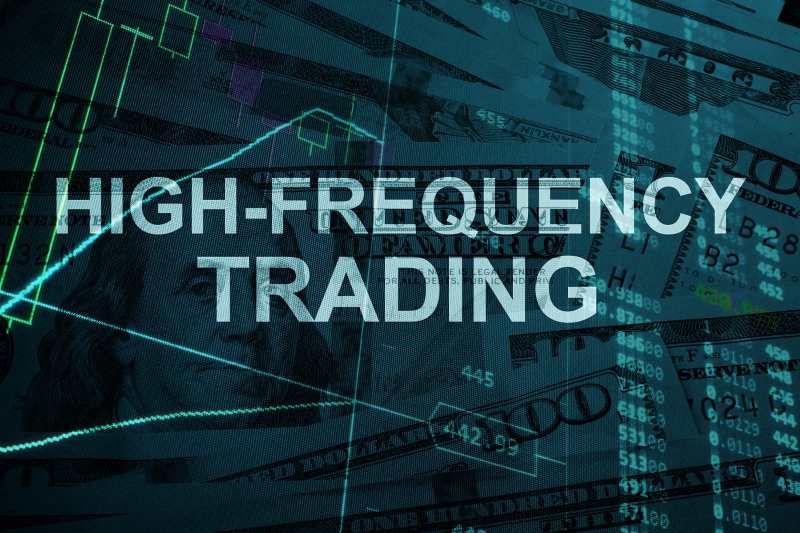
In the world of HFT, speed is paramount. These algorithms are designed to execute trades faster than humans can comprehend, leveraging milliseconds to gain a competitive edge.
This speed advantage allows them to identify and exploit fleeting price discrepancies, often before other traders even realize they exist. The ability to react to market changes with astonishing speed is what differentiates HFT from traditional trading methods.
How Do HFT Trading Bots Work?
HFT trading bots are essentially computer programs designed to execute trades automatically based on predefined rules and algorithms. They are capable of analyzing massive amounts of market data in real time, identifying trading opportunities, and executing trades at lightning speed.
Key components of an HFT trading bot
An HFT trading bot typically comprises several key components:
- Data Feed: HFT bots rely on high-quality, real-time market data from multiple sources, including exchanges and order books.
- Algorithms: These mathematical formulas define the bot’s trading logic, determining when to buy and sell, and at what prices.
- Execution Engine: The execution engine is responsible for connecting with exchanges, placing orders, and managing the bot’s trades.
- Risk Management: HFT bots incorporate risk management mechanisms to protect against losses and ensure the smooth operation of the trading system.

Common HFT strategies employed in crypto
HFT bots employ a range of strategies to generate profits in the crypto market, often capitalizing on:
- Arbitrage: Exploiting price discrepancies between different exchanges.
- Market Making: Providing liquidity to the market by simultaneously buying and selling assets, profiting from small spreads.
- Scalping: Quickly buying and selling assets to capitalize on small price fluctuations.
- Trend Following: Identifying and trading along market trends, aiming to capture significant price movements.
The role of colocation and low-latency connections
To achieve the necessary speed and efficiency, HFT bots often rely on colocation, placing their servers physically close to exchanges to minimize latency. These specialized data centers provide low-latency connections, ensuring that orders are executed in milliseconds, giving HFT bots a significant advantage over traditional traders.
Benefits and Risks of Using HFT Trading Bots
HFT bots offer several potential benefits, including increased efficiency, access to new trading opportunities, and the potential for higher returns. However, these technologies also come with inherent risks, including the possibility of technical failures, market volatility, and ethical considerations.
Increased efficiency and potential profits
HFT bots can significantly enhance trading efficiency by automating tasks and enabling traders to execute orders at lightning speed, potentially generating higher profits. They can analyze vast amounts of data, identify patterns, and execute trades in milliseconds, exceeding human capabilities.
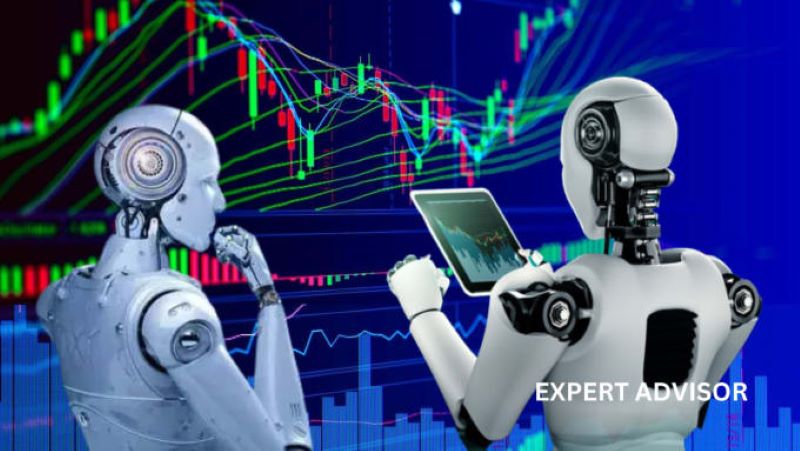
Risks associated with market volatility and technical failures
The highly volatile nature of the crypto market poses significant risks for HFT bots. Rapid price fluctuations can lead to unexpected losses, and technical failures can cause errors in trading decisions, resulting in substantial financial setbacks.
The ethical considerations surrounding HFT in crypto
The use of HFT in the crypto market has raised ethical concerns. Some argue that these automated trading systems can contribute to market volatility and instability, particularly during periods of high trading volume. Additionally, concerns exist about the potential for market manipulation and unfair advantages over traditional traders.
The Future of HFT in the Crypto Landscape
The future of HFT in the crypto landscape looks promising, driven by advancements in technology, increased market adoption, and the development of new trading strategies.
Emerging trends and advancements in HFT technology
HFT technology is constantly evolving, with improvements in algorithms, execution speed, and data analysis capabilities. The development of artificial intelligence (AI) and machine learning (ML) is expected to further enhance the capabilities of HFT bots, enabling them to make even faster and more informed trading decisions.
Regulatory scrutiny and its potential impact
As HFT becomes more prevalent in the crypto market, regulatory scrutiny is likely to increase. Regulators are concerned about the potential impact of these technologies on market stability, transparency, and fairness. Regulatory frameworks are being developed to address concerns about market manipulation, insider trading, and other unethical practices.
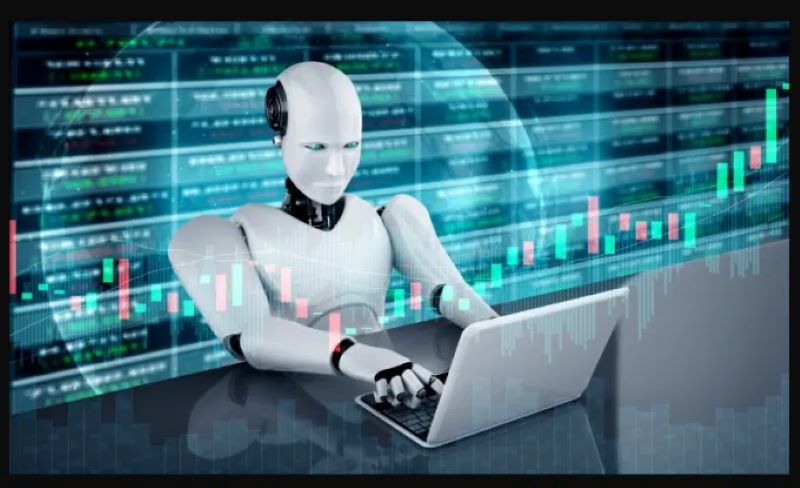
HFT’s role in the evolving crypto ecosystem
HFT is likely to play an increasingly significant role in the evolving crypto ecosystem. As the market matures, HFT bots will likely continue to improve, driving greater efficiency, liquidity, and competition. However, responsible development and regulation will be crucial to ensure a fair and transparent marketplace.
HFT Trading Bots are at the forefront of innovation in the cryptocurrency market, offering unparalleled speed and efficiency in executing trades. While they bring substantial benefits, such as increased trading efficiency and potential for higher profits, they also pose risks related to market volatility and technical failures.
As technology continues to advance, and regulatory scrutiny increases, the role of HFT Bots in the crypto landscape will evolve. Staying informed about these changes is crucial for both traders and investors.
Follow MevX for the latest updates and insights on HFT Trading Bots and other cutting-edge trading technologies.




